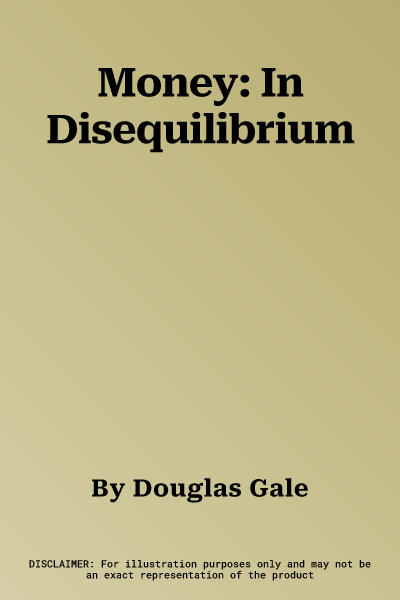Douglas Gale
(Author)Money: In DisequilibriumHardcover, 27 July 1984

Temporarily out of stock
Free Delivery
Cash on Delivery
15 Days
Free Returns
Secure Checkout

Part of Series
Cambridge Economic Handbooks
Part of Series
Cambridge Handbooks for Language Teachers
Print Length
379 pages
Language
English
Publisher
Cambridge University Press
Date Published
27 Jul 1984
ISBN-10
0521262917
ISBN-13
9780521262910
Description
Product Details
Author:
Book Format:
Hardcover
Date Published:
27 July 1984
ISBN-10:
0521262917
ISBN-13:
9780521262910
Language:
English
Location:
Cambridge
Pages:
379
Publisher: